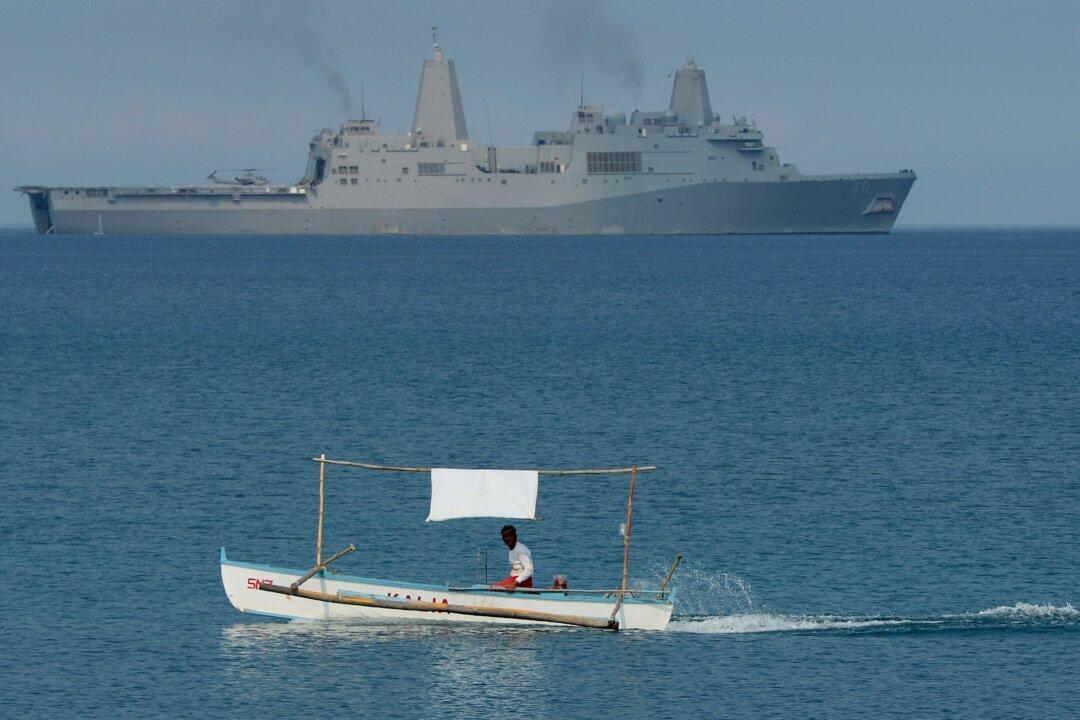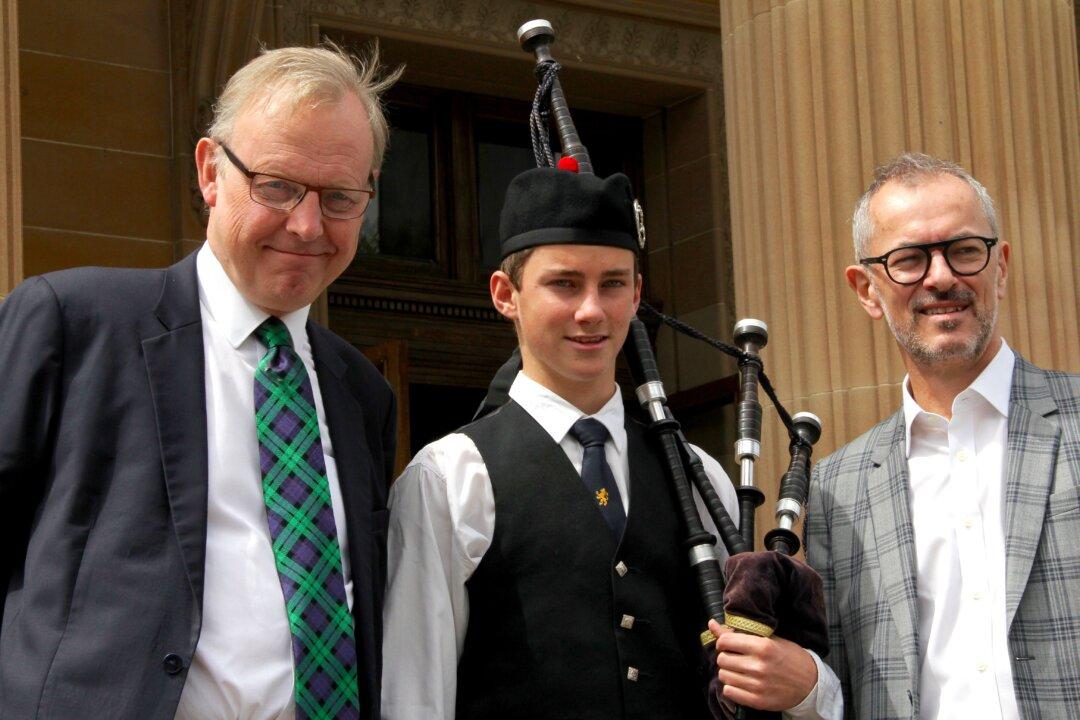SYDNEY—It was a terrible 17 hours in downtown Sydney on Dec. 15 – one deranged gunman, 17 hostages, hundreds of heavily armed police and finally the tragic loss of three lives.
Despite those horrific hours, the Australian community came together and fought back, not with hate and violence but with a quiet compassionate strength.
“It was quintessentially Australian,” said Professor Margaret Alston, from the Department of Social Work at Monash University.
A social media campaign to help protect Muslims from backlash quickly went viral and turned the tide of “disempowerment and violation” into a positive force.
The campaign gained momentum when Sydney resident Tessa Kum tweeted out hashtag #illridewithyou, offering to accompany any person wearing religious attire and afraid for their safety on public transport. The tweet went viral; many people began posting their location and photos to offer the same.
“It changed the language and discourse very quickly from a strong sense of outrage and helplessness to ‘here is something we can actually do’,” said Prof Alston. “[People thought]: ‘I can show that I am a part of a decent and respectful society and I am not going to let the other interfere with how I feel about being Australian.’”
Prof Alston also commended the different government agencies—the police, emergency workers, ambulance services, government authorities—for their efficient, calm approach, and for keeping the public informed.
“We have a very strong institutional structure in these situations and it kicked in very quickly,” she said. “We should take great pride in that.”
Safety Primary Concern





